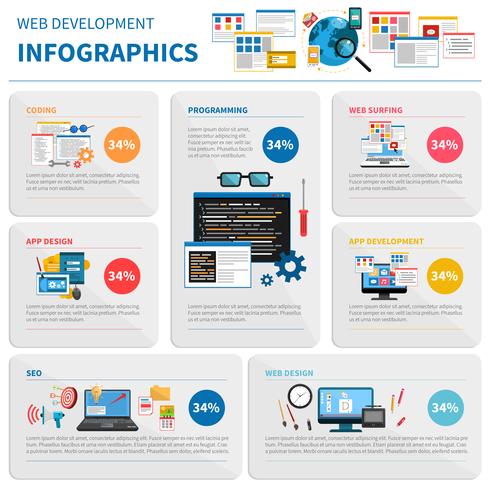Key Elements Of Site Design: Strategies For Developing An Accessible Individual Experience
Key Elements Of Site Design: Strategies For Developing An Accessible Individual Experience
Blog Article
Authored By-Aguirre Daugaard
When it involves site design, guaranteeing user-friendliness is vital. From responsive design to structured navigating, every component plays a crucial role in creating a website that caters to your target market's needs. However what concerning the finer details that can make or damage a customer's searching experience? Remain tuned as we reveal some often-overlooked suggestions that can boost your site's usability to the next level, making it absolutely stick out in the digital landscape.
Importance of Responsive Style
Responsive design is an important facet of modern website advancement. Guaranteeing your website is receptive ways that it can adjust to various screen sizes and devices, giving a smooth experience for users.
With look at here now raising use mobile phones and tablets to access the net, having a responsive style is important for reaching a larger target market. Get More aids in improving individual experience by making your web site very easy to browse and continue reading any type of device.
In addition, responsive layout can positively impact your search engine rankings, as internet search engine like Google prioritize mobile-friendly web sites. By having a receptive design, you're also future-proofing your website, as new devices with varying screen sizes continue to emerge.
Simplify Navigation Structure
To enhance user experience and promote simple accessibility to details on your internet site, streamlining the navigation framework is vital. When creating your site, focus on developing a clear and instinctive navigation menu that helps site visitors locate what they're looking for rapidly.
Limitation the number of menu things to the basics, grouping relevant pages together to prevent overwhelming customers. Use detailed labels that clearly show the material of each web page, making it simpler for users to understand where each link will take them.
Think about implementing dropdown food selections for subcategories to stop jumbling the primary navigation bar. Furthermore, include a search bar prominently on the page for customers who choose searching for certain details.
Prioritize mobile responsiveness in your navigation style to ensure very easy accessibility on all tools.
Maximize Web Page Load Rate
Improving page load rate is critical for preserving visitors on your website. Slow-loading web pages irritate individuals and can result in high bounce rates. To optimize web page tons rate, begin by maximizing images. Press images without compromising quality to lower their data sizes.
Additionally, enable web browser caching to store frequently accessed sources in your area, accelerating load times for returning visitors. Minify CSS, JavaScript, and HTML files by eliminating unneeded characters, remarks, and format, boosting load rate.
Consider utilizing a content shipment network (CDN) to disperse your site's web content throughout several servers worldwide, minimizing latency for individuals accessing your website from different areas. Finally, limit using third-party scripts and plugins, as they can significantly impact tons times.
Verdict
To conclude, by including receptive style, simplifying navigating, and enhancing page lots rate, you can produce a straightforward website that interest a broader target market and enhances customer experience. These essential elements make certain that visitors can easily access and browse your website throughout various gadgets, leading to raised involvement and complete satisfaction. By focusing on these crucial aspects, you can build a successful web site that keeps customers returning for more.
